To learn about chakras one has to know more about the system, its roots, and the effects it has on our health and bodies. Here’s everything to know about chakras.
Does the modern chakra system actually have ancient roots?
Over the past hundred-plus years, the concept of the chakras, or subtle energy centers within the body, has seized the Western imagination more than virtually any other teaching from the yoga tradition.
Yet, as with most other concepts deriving from Sanskrit sources, the West (barring a handful of scholars) has almost totally failed to come to grips with what chakras meant in their original context and how one is supposed to practice with them. This post seeks to rectify that situation to some extent.
Here are the six most important things you never knew about the chakras.
6 Important Things To Learn About Chakras
1. There’s not just one chakra system in the original tradition, there are many
So many! The theory of the subtle body and its energy centers called chakras (or padmas, ādhāras, lakṣyas, etc.) comes from the tradition of Tantrik Yoga, which flourished from 600-1300 CE, and is still alive today. In mature Tantrik Yoga (after the year 900 or so), every one of the many branches of the tradition articulated a different chakra system, and some branches articulated more than one.
Five-chakra systems, six-chakra systems, seven, nine, ten, fifteen, twenty-one, twenty-eight and more chakras are taught, depending on what text you’re looking at. The seven- (or, technically, 6 + 1) chakra system that Western yogis know about is just one of many, and it became dominant around the 16th century (see point #4 below).

Now, I know what you’re thinking—’But which system is right? How many chakras are there really?’
And that brings us to our first major misunderstanding. The chakras aren’t like organs in the physical body; they aren’t fixed facts that we can study like doctors study neural ganglia. The energy body is an extraordinarily fluid reality, as we should expect of anything nonphysical and supersensuous. The energy body can present, experientially speaking, with any number of energy centers, depending on the person and the yogic practice they’re performing.
Having said that, there are a few centers which are found in all systems—specifically, chakras in the lower belly, the heart, and the crown of the head, since these are three places in the body where humans all over the world experience both emotional and spiritual phenomena. But apart from those three, there’s huge variety in the chakra systems we find in the original literature.
One is not more ‘right’ than another, except relative to a specific practice. For example, if you’re doing a five-element practice, you use a five-chakra system (see point #6 below). If you’re internalizing the energy of six different deities, you use a six-chakra system. Duh, right? But this crucial bit of information has not yet reached Western yoga.
We’ve only just started down this rabbit hole, Alice. Wanna learn more?

2. The chakra systems are prescriptive, not descriptive
This might be the most important point. English sources tend to present the chakra system as an existential fact, using descriptive language (like ‘the mūlādhāra chakra is at the base of the spine. it has four petals,’ and so on). But in most of the original Sanskrit sources, we are not being taught about the way things are, we are being given a specific yogic practice: we are to visualize a subtle object made of colored light, shaped like a lotus or a spinning wheel, at a specific point in the body, and then activate mantric syllables in it, for a specific purpose.
When you understand this, point #1 above makes more sense. The texts are prescriptive — they tell what you ought to do to achieve a specific goal by mystical means. When the literal Sanskrit reads, in its elliptical fashion, ‘four-petaled lotus at the base of the body’ we are supposed to understand ‘The yogī ought to visualize a four-petaled lotus…’ See point #5 for more on this.
Read The 7 Chakra Personality Types You Must Know About
3. The psychological states associated with the chakras are completely modern and western
On countless websites and in countless books, we read that the mūlādhāra chakra is associated with survival & safety, that maṇipūra chakra is associated with willpower & self-esteem, and so on. The educated yogi should know that all associations of the chakras with psychological states is a modern Western innovation that started with Jung. Perhaps such associations represent experiential realities for some people (though usually not without priming).
We certainly don’t find them in the Sanskrit sources. There’s only one exception I’m aware of, and that is the 10-chakra system for yogi-musicians that I’ve done a blog post on.
But in that 13th-century system, we do not find each chakra associated with a specific emotion or psychological state; rather, each petal of each lotus-chakra is associated with a distinct emotion or state, and there seems to be no pattern by which we could create a label for the chakra as a whole.

But that’s not all. Nearly all the many associations found in popular books like Anodea Judith’s Wheels of Life have no basis in the Indian sources. Each chakra, Judith tells us, is associated with a certain bodily gland, certain bodily malfunctions, certain foods, a certain metal, a mineral, an herb, a planet, a path of yoga, a suit of the tarot, a sephira of Jewish mysticism (!), and an archangel of Christianity (!!).
None of these associations are found in the original sources. Judith or her teachers created them based on perceived similarities. That goes also for the essential oils and crystals that other books and websites claim to correspond to each chakra.
(I should note that Judith does feature information from an original Sanskrit source [that is, the Ṣhat-chakra–nirūpaṇa, see below] under the label ‘Lotus Symbols’ for each chakra. I should also note that Anodea is a really lovely person whose work has benefited many. This isn’t personal.)
This is not to say that putting a certain kind of crystal on your belly when you’re having self-esteem issues and imagining it purifying your maṇipūra chakra might not help you feel better. Maybe it will, depending on the person. While this practice is certainly not traditional and has not been tested over generations (which is the whole point of tradition, really), god knows there’s more on heaven and earth than is dreamt of in my rational brain.
But, in my view, people should know when the pedigree of a practice is a few decades, not centuries. If a practice has value, then you don’t need to falsify its provenance, right?

4. The seven-chakra system popular today derives not from scripture, but from a treatise written in 1577
The chakra system Western yogis follow is that found in a Sanskrit text written by a guy named Pūrṇānanda Yati. He completed his text (the Ṣhaṭ-chakra-nirūpaṇa or ‘Explanation of the six chakras’, actually chapter six of a larger work) in the year 1577.
In an earlier version of this post, I called the 7-chakra system ‘late and somewhat atypical’. But after a few days, I realized that I was mistaken—a simpler version of the same 7 chakra system is found in a 13th-century post scriptural text called the Śāradā-tilaka (‘Sarasvatī’s Ornament’), though that text does plainly acknowledge that there are multiple chakra systems (such as systems of 12 or 16 chakras).
However, most yogis (both Indian and Western) know the 7-chakra system only through Pūrṇānanda’s 16th-century work, or rather, through a relatively incoherent and confusing translation of it, done by John Woodroffe in 1918. Still, the text is important to many lineages in India today. Would it have been without the Woodroffe translation? I doubt it since there are very few people in modern India who read Sanskrit fluently.
More important, however, is the fact that the tradition itself regards scriptural texts as infallible and human authors as fallible, so it’s ironic that modern yogis functionally treat Pūrṇānanda’s 7-chakra system as divinely revealed.
Personally, I’m not sure that anything written in words can be considered infallible, but if you want to revere a yogic teaching as divinely revealed, it makes more sense to do it with a text that actually claims to be such — like the original Tantrik scriptures (composed prior to 1300).

Of course, Pūrṇānanda does base his work on earlier, scriptural sources — but that doesn’t mean that he perfectly understood them (see point #6 below). In summary, then, the seven-chakra system that you know is based on a flawed translation of a nonscriptural source. This by no means invalidates it, just problematizes its hegemony.
Note that Tantric Buddhism (e.g., of Tibet) often preserves older forms, and indeed the five-chakra system is dominant in that tradition (as well as the fundamental three-Bindu system). For a typical five-chakra system as found in classical Tantra, see page 387 of my book, Tantra Illuminated.
Read Your Most Powerful Chakra based on your Zodiac Sign
5. The purpose of a chakra system is to function as a template for nyāsa
As far as the original authors were concerned, the main purpose of any chakra system was to function as a template for nyāsa, which means the installation of mantras and deity-energies at specific points of the subtle body. So, though millions of people are fascinated with the chakras today, almost none of them are using them for their intended purpose. That’s okay. Again, I’m not here to make anyone wrong, just to educate the folks who are interested.
The most outstanding features of the chakra systems in the original sources are these two:
1) that the mystical sounds of the Sanskrit alphabet are distributed across the ‘petals’ of all the chakras in the system, and
2) that each chakra is associated with a specific Hindu deity. This is because the chakra system is, as I said, primarily a template for nyāsa. In nyāsa, you visualize a specific mantric syllable in a specific location in a specific chakra in your energy body while silently intoning its sound.

Clearly, this practice is embedded in a culturally-specific context in which the sounds of the Sanskrit language are seen as uniquely powerful vibrations that can form an effective part of a mystical practice that brings about spiritual liberation or worldly benefits through magical means.
Invoking the image and energy of a specific deity into a specific chakra is also culturally-specific, though if Western yogis come to understand what those deities stand for, the practice could potentially be meaningful for them as well, though probably never as meaningful as for someone who grew up with those deities as paradigmatic icons emblazoned on their subconscious minds.
6. The seed-mantras that you think go with the chakras actually go with the elements that happen to be installed in those chakras
This is simpler than it sounds. You’ve been told that the seed-mantra (bīja or single-syllable mantra) of the mūlādhāra chakra is LAM. It’s not. Not in any Sanskrit source, not even Pūrṇānanda’s somewhat garbled syncretic account. And the mantra of svādhiṣṭhāna chakra is not VAM. Wait, what? It’s simple: LAM (rhymes with ‘thumb’) is the seed-mantra of the Earth element, which in most chakra visualization practices is installed in the mūlādhāra.
VAM is the seed-mantra of the water element, which is installed in svādhiṣṭhāna (at least, in the seven-chakra system you know about). And so on: RAM is the syllable for Fire, YAM for Wind, and HAM for Space. (All these bījas rhyme with ‘thumb’; though I should note in passing that in esoteric Tantrik Yoga, the elemental bījas actually have different vowel sounds which are thought to be much more powerful.)

So the main point is that the fundamental mantras associated with the first five chakras on every website you can Google actually do not belong to those chakras, but rather to the five elements installed in them.
This is important to know if you ever want to install one of those elements in a different place. ‘Gasp! I can do that?’ Totally. What do you think might be the effect on your relationships of always installing the Wind element in the heart center? (Remember, YAM is the mantra of Air/Wind, not of the anāhata chakra.)
D’you ever notice that modern American yogis have really unstable relationships? Could that be connected to repeatedly invoking Wind on the level of the heart? Nahhh….. (I can be funny now because only a small percentage of my readers have made it down this far.)
So maybe you want to install some Earth in the heart sometime, cuz grounding is good for your heart. In that case, it’s kinda handy to know that LAM is the Earth element mantra, not the mūlādhāra-chakra mantra. (Note that, traditionally, though the elements can be installed in different places in the body, they can’t change their set sequence. That is, they can telescope up or down depending on the given practice, but Earth is always lowest, then Water, etc.)
Furthermore, some of the geometric figures associated with the chakras today also properly belong to the Elements. Earth is traditionally represented by a (yellow) square, Water by a (silvery) crescent, Fire by a downward-pointing (red) triangle, Wind by a hexagram or six-pointed star, and Space by a circle.
So when you see those figures inscribed in illustrations of the chakras, know that they actually are representations of those Elements, not of a geometry inherent in the chakra itself.

Being open to the real truth about chakras
This is still mostly uncharted territory. So when it comes to the chakras, don’t claim you know. Tell your yoga students that every book on the chakras presents only one possible model. Nothing written in English is really authoritative for practitioners of yoga.
So why not hold more gently the beliefs you’ve acquired about yoga, even while you keep learning? Let’s admit we really don’t understand these ancient yoga practices yet; and instead of seeking to be an authority on some oversimplified version of them, you can invite yourself and your students to look more clearly, more honestly, more carefully, and more non-judgmentally at their own inner experience.
After all, everything that every yoga master ever experienced is in you, too.
Read: What Are Chakras? A Quick and Easy Guide
This post is an excerpt from Tantrik Studies. You can read the full article here. Published via Uplift Connect
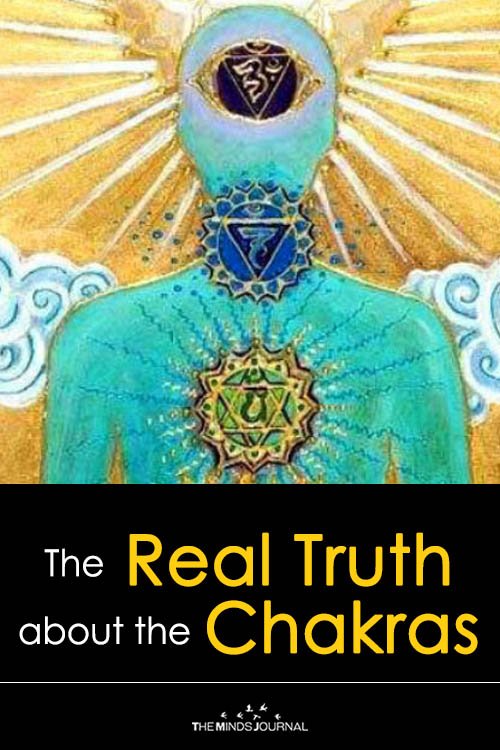
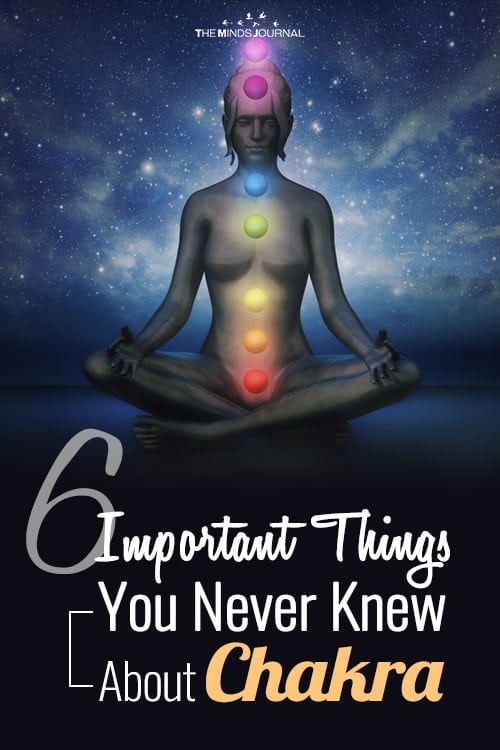


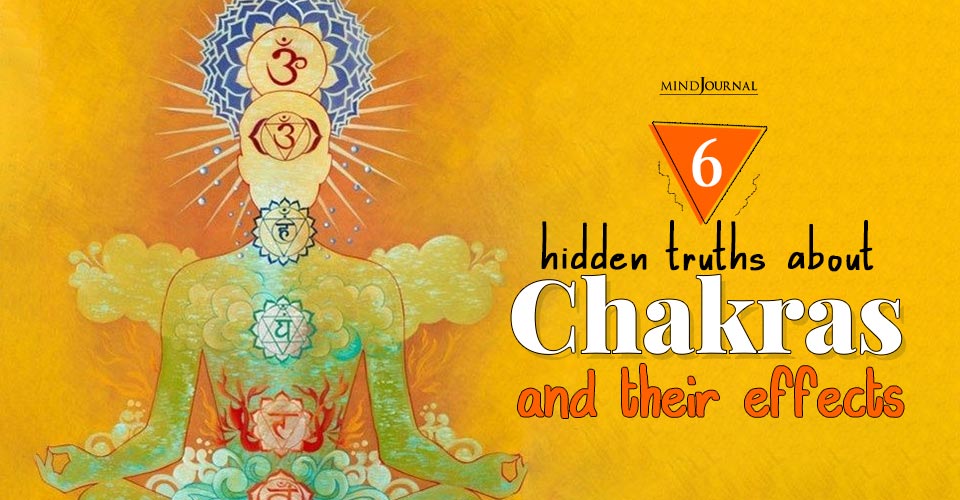

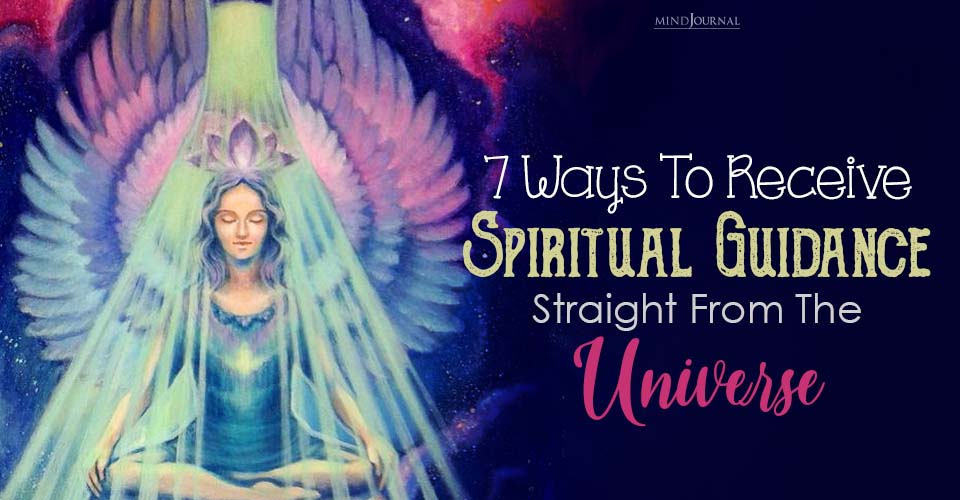



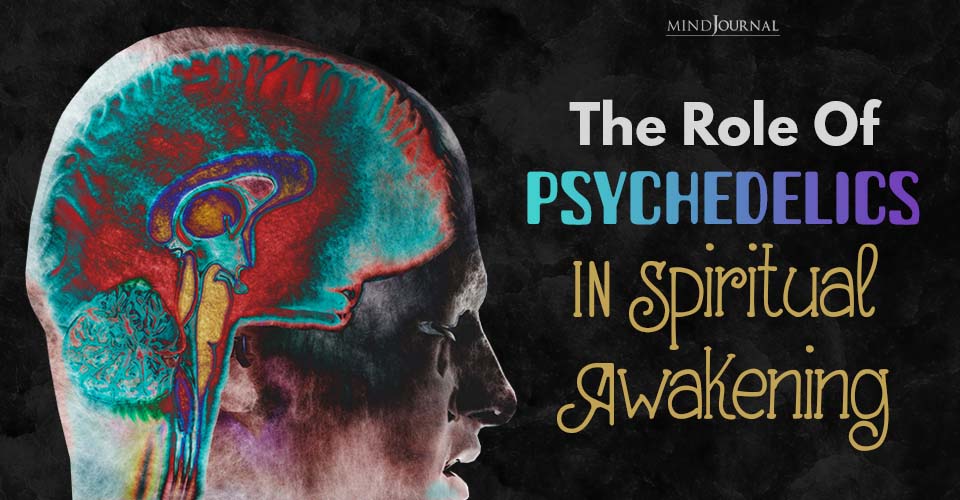

Leave a Reply